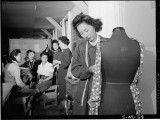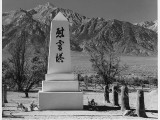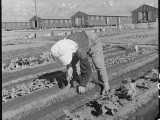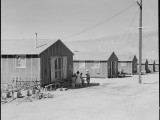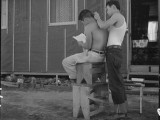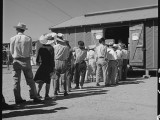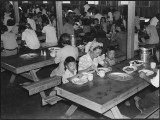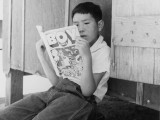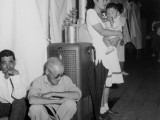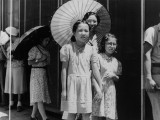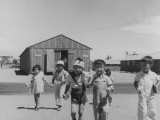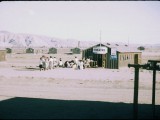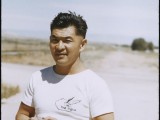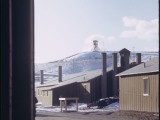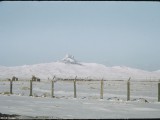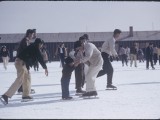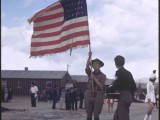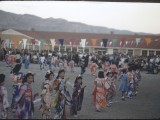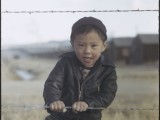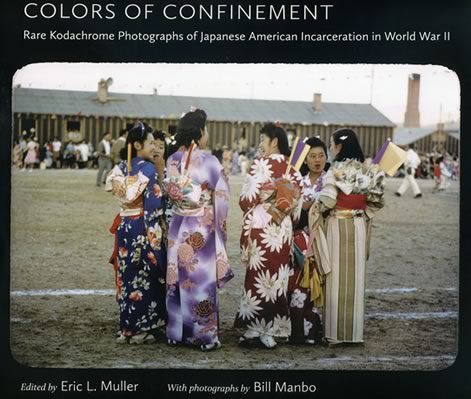Capturing Confinement: Image Galleries
Ansel Adams shot over 200 images in Manzanar Relocation Center in the fall of 1943. Many of these images were published in 1944 in the book Born Free and Equal. The images are all courtesy of the Library of Congress and the entire series can be viewed on their online catalog. The captions are all original titles from the reverse of the photographs.
In March 1942, shortly after the establishment of the War Relocation Authority (WRA), Dorothea Lange was one of several photographers hired by the WRA to document the experience of evacuation and incarceration. In total, Lange shot over 800 images of Nikkei in 1942-43. Ultimately, Lange was required to turn over every negative to the WRA and her photographs were marked “Impounded” and remained unseen for decades.
Bill Manbo was born in Riverside, California, to parents from Hiroshima. Bill was sent with his wife, young son and his in-laws to Santa Anita Assembly Center and finally Heart Mountain Relocation Center. While incarcerated there, in 1943, the auto mechanic and amateur photographer shot over 150 images on Kodachrome film. This selection appears courtesy of Takao Bill Manbo. Photo captions are from the book, Colors of Confinement, edited by Eric L. Muller.


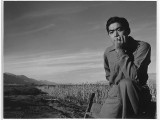
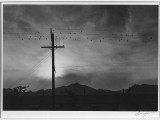
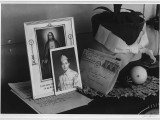
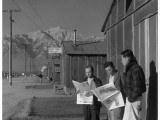
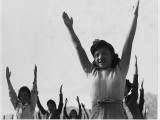

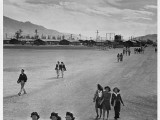
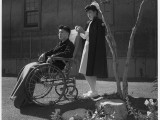
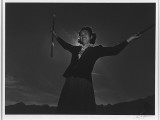
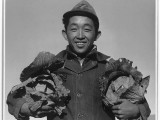
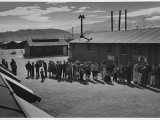
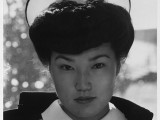
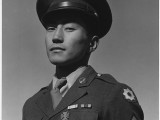
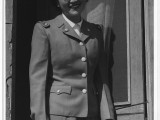
![Tojo Miatake [i.e., Tōyō Miyatake] Family, Manzanar Relocation Center](adams-gallery_files/vlb_thumbnails1/adams16.jpg)

